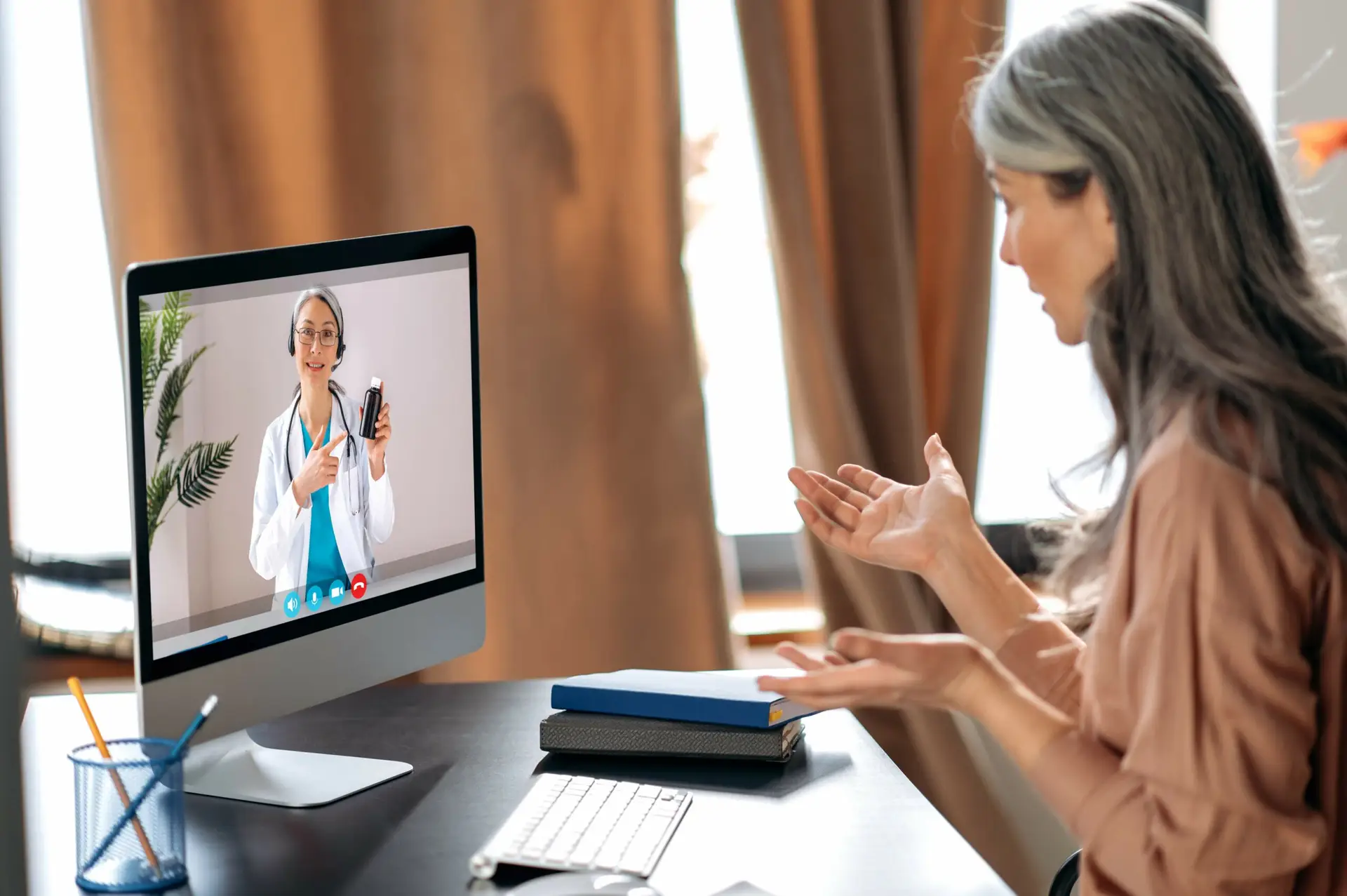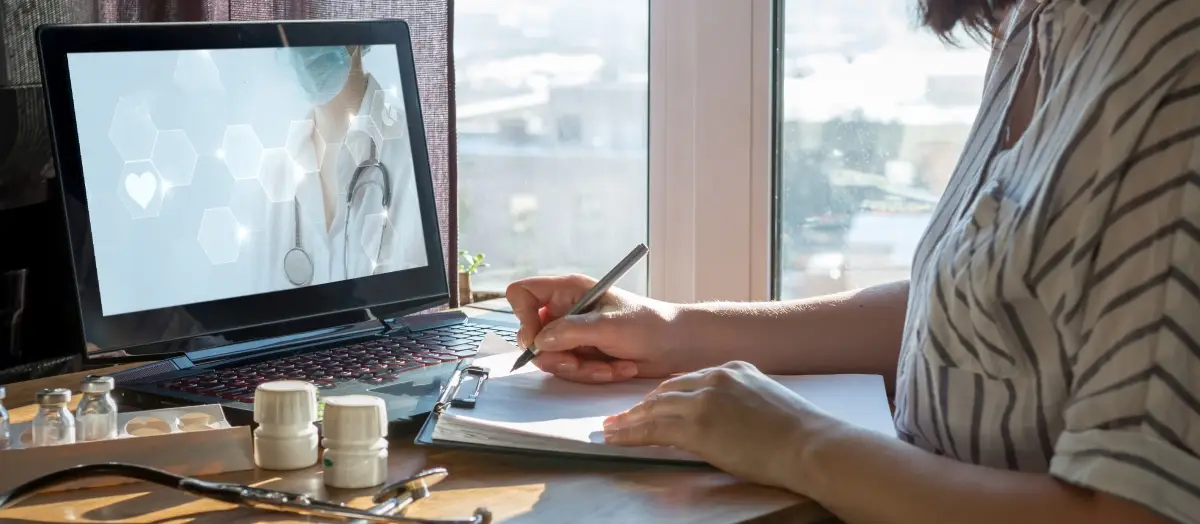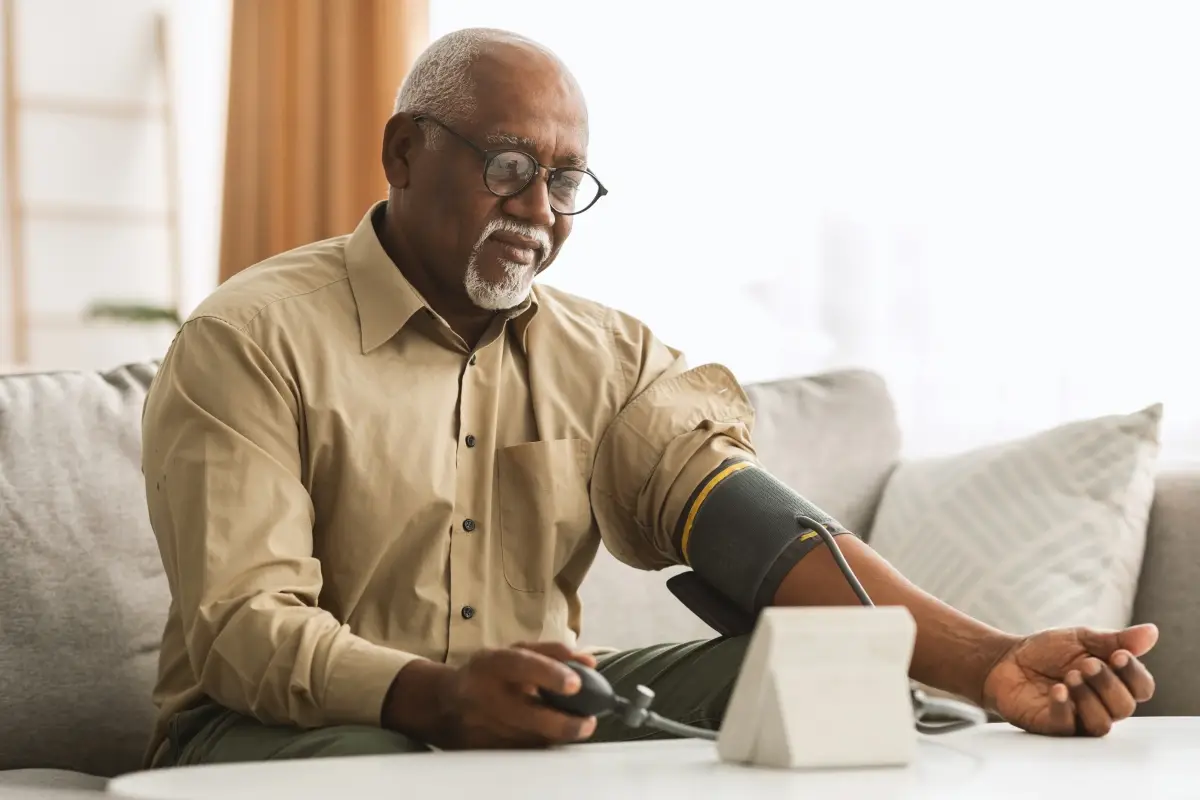Remote Patient Monitoring Services
Transform Patient Care with Remote Patient Monitoring Solutions
Neolytix’s Remote Patient Monitoring Program empowers healthcare providers to monitor their patients remotely, providing continuous care and improving patient outcomes.
Our RPM Program creates an additional revenue stream, lowering hospital readmissions and enhancing patient health outcomes.
What is Remote Patient Monitoring?
Remote patient monitoring (RPM) is a technology-enabled healthcare solution allowing healthcare providers to track and monitor patient’s health conditions remotely. Patients can use connected devices to send important health information, like vital signs and symptoms, to their healthcare professionals.
RPM has become increasingly popular and essential, especially after the COVID-19 pandemic, as it allows healthcare providers to monitor patients remotely without needing in-person visits.
- Real-Time Patient Data Access
- Proactive Interventions for Better Outcomes
- Monitor Heart Disease, Blood Pressure, Diabetes & More
- Improved Care With Proven Reduced Hospital Admissions

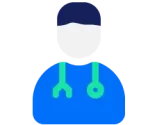
100% RISK FREE REVENUE
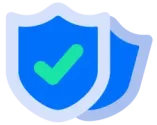
MEDICARE APPROVED RPM DEVICES
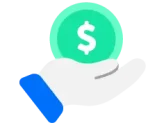
NO UPFRONT INVESTMENT
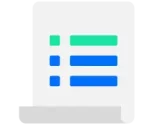
COMPLIMENTARY CLAIMS SUBMISSION AND BILLING

Join the Medicare Patient Care Revolution
Remote patient monitoring can help track heart rate, blood pressure, diabetes, weight, etc. Your healthcare organization gets reimbursed by Medicare for using our monitoring devices.
Neolytix requires no upfront investment; you only pay for successful reimbursements. This makes our RPM services a risk-free, patient-centric solution to generate revenue.
Many prominent health insurance companies, such as Aetna, Cigna, Humana, Anthem, and United Healthcare, now use Medicare policies. The question is: will you be a leader in RPM now or wait and follow later?
Key Features of Remote Patient Monitoring Services
Get Real-time Data Analysis
- Continuous Monitoring: Remote monitoring services provide continuous, real-time monitoring of patient health data, enabling timely interventions and adjustments to treatment plans.
- Predictive Analytics: Leveraging advanced analytics, identifying potential health risks, and notifying providers, allowing preemptive care measures to prevent complications.
- Insightful Reporting: Customizable dashboards offer deep insights into patient health trends and outcomes, facilitating informed clinical decisions and personalized patient care strategies.


Clinical Decision Support
- Evidence-based Recommendations: Implementing RPM helps providers make better care decisions by giving evidence-based recommendations and alerts.
- Treatment Optimization: Neolytix RPM uses data to improve treatment and medication management, ensuring patients get the best care possible.
- Enhanced Patient Engagement: We encourage patient participation in their care process, improving compliance and health outcomes.
Data Security and Privacy
- HIPAA Compliance: Our RPM program strictly adheres to HIPAA guidelines, ensuring it encrypts, securely transmits, and stores all data.
- Advanced Encryption: We use advanced encryption to protect data, whether stored or transferred, from unauthorized access and breaches.
- Regular Audits: Continuous monitoring and security audits keep our systems robust against evolving cyber threats, safeguarding patient information.


Easy EHR Integration for RPM & CCM
Neolytix’s RPM and CCM services are compatible with all EHR systems in the country. This includes popular systems like Epic, Athena, eCW, and Cerner. No matter which EHR system you use, Neolytix’s services will work well with it.
This system makes it easier to share patient information accurately and completely. It also gives immediate updates on the patient’s health, treatment, and medication.
What to Expect From Medicare RPM Reimbursements
Medicare offers comprehensive reimbursement for Remote Patient Monitoring solutions, covering costs related to device distribution, clinical data collection, and more.
This helps healthcare providers create and manage RPM programs, which enhance patient outcomes and care quality.
- No Upfront Investment
- Fees Only Paid for SUCCESSFUL Reimbursements

Discover the Future of Healthcare with RPM
Watch our video to see how remote patient monitoring changes value-based healthcare delivery. Learn how this technology empowers healthcare providers to deliver personalized care, improve patient satisfaction, and reduce healthcare costs.
How It Works?
Remote patient monitoring workflows involve a systematic process designed to remotely track and manage patient’s health data and vital signs. Here’s a breakdown of how our program works.
1. Registration
No upfront investment needed.
2. Eligibility & Enrollment
We will create a list of eligible users from your existing patients that can be part of the RPM system. We'll do an outbound campaign to set up a meeting with the provider to explain the RPM Care Program.
3. Care Management
Our experienced Care Manager leads a team, ensuring timely responses to critical readings, monthly patient engagement, and personalized care.
4. Device Management & Support
We handle device delivery, replacements, patient training, and ongoing technical support.
5. Management Compliance
We monitor patients, ensuring compliance, with a minimum of 20-minute allocations per patient. Our team tracks and reports vital readings for EHR uploads.
6. Claims Submission & Billing
We will build up the claims and send them to Medicare for reimbursement. We will also resolve any denials on those claims.
Tailored Solutions for Healthcare Specialties
Discover the numerous benefits of RPM. Remote Patient Monitoring (RPM) is a versatile healthcare solution that can impact many healthcare providers positively. It improves patient care and streamlines healthcare delivery, enhancing overall health outcomes. The adaptability of remote monitoring services makes it well-suited for different specialties within the healthcare sector.

- Primary Care Physicians (PCPs)
- Cardiologists
- Endocrinologists
- Pulmonologists
- Nephrologists
- Hospitals
- Neurologists
- Geriatricians
- Oncologists
- Obstetricians and Gynecologists
RPM Devices to Safeguard Your Patient's Health
Neolytix provides Medicare-approved RPM devices. Our RPM solution works with medical devices like blood pressure monitors, glucose meters, and cellular thermometers. These devices are designed to meet different needs.

This device remotely measures a patient’s blood pressure and transmits the readings through cellular connectivity. It benefits patients by allowing convenient blood pressure monitoring at home, reducing the need for frequent clinic visits.
Physicians can see patient data right away, helping them manage high blood pressure and prevent problems before they happen.
Remote patient monitoring weight scale lets patients measure and transmit their weight data remotely. This promotes better self-monitoring for patients with chronic conditions like obesity or heart disease.
Healthcare providers can use real-time weight data to manage weight-related conditions, track progress, and adjust treatment plans.
The glucose monitor with BGM strips assists diabetes patients in monitoring the glucose levels. It also allows them to transmit the data using a cellular connection. This helps patients manage their diabetes more effectively and encourages adherence to treatment plans.
Real-time glucose data helps healthcare providers optimize insulin, identify trends, and personalize diabetes management strategies.
A CPO checks the oxygen levels in a patient’s blood and their heart rate. The data is sent instantly using a cell connection. It helps patients check their oxygen levels at home, which is helpful for people with breathing problems like COPD or asthma.
Healthcare providers get alerts for abnormal readings, helping them intervene early and lower the risk of severe complications.
The cellular thermometer allows patients to take their temperature remotely and share the readings electronically. This is beneficial for monitoring fever and infections, providing patients with the convenience of at-home temperature tracking.
Healthcare providers can use remote temperature data to monitor a patient’s health from a distance. This helps them make more informed decisions and provide the proper care, especially for infectious diseases.

Top 5 Emerging Patient Monitoring Solution Providers
In a healthcare landscape transformed by the recent pandemic, where adaptability is key, innovative solutions emerge to address the evolving needs of patients and providers. The shift towards digitization and the normalization of telehealth have become integral components of healthcare services. A notable…
Why Trust Neolytix RPM Services?
With nearly 12 years of experience serving healthcare organizations nationwide and an online reputation that speaks volumes, Neolytix is one of the leading remote patient monitoring companies you can trust to maximize the benefits of RPM.
- Fees based on successful reimbursement only
- No upfront investment (hiring staff & training)
- Device purchase and replacement coordination
- Identification of eligible patients for the program
- Access to technical and user support
- Patient sign-up, reach-out, and remote support
- Training clinical staff on program requirements & device functioning

CUSTOMER TESTIMONIALS
Listen to what our clients have to say
Patient Access Services
Proactive Patient Care & Higher Reimbursements Made Easy
Healthcare Automation
Unlock Unprecedented Efficiency With Healthcare Automation
Medical Virtual Assistant
Boost Efficiency & Reduce Overheads With Neolytix’s Virtual Medical Assistants
Healthcare Accounting
Plan, Scale or Sustain a Successful Healthcare Organization
Frequently Asked Questions (FAQ’s)
What is Remote Patient Monitoring (RPM), and how does it improve patient care and outcomes?
Remote Patient Monitoring (RPM) is a vital component of modern healthcare. It allows clinical staff to monitor patients’ vital signs and chronic conditions in real-time. This telehealth and remote patient monitoring RPM program significantly reduces the provider burden, streamlining patient care and operational modernization.
Who can benefit from Remote Patient Monitoring?
Patients with chronic conditions such as hypertension, diabetes, and heart disease, elderly individuals, and those requiring frequent health monitoring can benefit the most from RPM. Healthcare providers also gain from streamlined workflows and the ability to offer high-quality, continuous care.
RPM is particularly useful for managing conditions like COPD, asthma, and congestive heart failure, allowing for timely interventions and better health outcomes.
What equipment is needed for Remote Patient Monitoring?
RPM requires specific devices like blood pressure monitors, glucose meters, pulse oximeters, and weight scales that can transmit data remotely. These devices are easy to use and come with built-in connectivity features, allowing seamless communication with healthcare providers. Neolytix provides all necessary equipment, including training and ongoing technical support.
How do I get started with Remote Patient Monitoring?
Getting started with RPM is simple. Speak with your healthcare provider to determine if RPM is right for you. Neolytix will help identify eligible patients, provide the necessary equipment, and handle all the setup, including device training. Once enrolled, your health data will be continuously monitored, with timely updates sent to your care team.
Is blood pressure monitoring included in Neolytix RPM's vital signs tracking?
Yes, Neolytix RPM includes blood pressure monitoring as a crucial component of its vital signs tracking. Tracking blood pressure is essential for managing various chronic conditions and ensuring overall patient health.
Our RPM program lets you track blood pressure in real-time, giving you a complete view of your patient’s health.
How secure is my health data with Remote Patient Monitoring?
Your health data is highly secure with RPM, as it strictly adheres to HIPAA regulations, ensuring that all information is encrypted and protected from unauthorized access. Neolytix’s RPM solutions employ advanced encryption technologies and regular security audits to safeguard your personal information. Your privacy and data security are our top priorities.
How often is data collected and reviewed in Remote Patient Monitoring?
The frequency of data collection in Remote Patient Monitoring (RPM) depends on the patient’s condition and the monitoring protocol established by the healthcare provider. Typically, data is collected continuously or at regular intervals throughout the day.
Healthcare providers review this data in real-time or at scheduled intervals to make timely adjustments to care plans, ensuring that any concerning trends are addressed promptly.
How do healthcare providers use the data collected from Remote Patient Monitoring?
Healthcare providers use the data collected from RPM to gain real-time insights into a patient’s health status. This data allows them to track vital signs, monitor chronic conditions, and detect any early warning signs of deterioration.
Providers can use this information to make informed decisions about treatment adjustments, medication changes, or the need for further diagnostic tests. It also enables proactive care, reducing the likelihood of hospital readmissions and improving overall patient outcomes.
How does Neolytix RPM help streamline patient monitoring and improve patient adherence?
Neolytix RPM solutions simplify patient monitoring by automating the process, reducing the administrative burden on providers. This streamlining of tasks allows clinical staff to focus on providing personalized care and timely interventions.
Patients benefit from being actively involved in their care plans, as they have a dedicated care team that closely monitors their progress and is always ready to provide assistance whenever necessary.
How does Neolytix Remote Patient Monitoring Solutions benefit the care team?
Neolytix RPM empowers the care team with comprehensive, actionable insights. Through our provider dashboard, care team members can access a wealth of real-time patient data.
This improves the organization of care, ensures that medical workers can closely monitor patients, react quickly to changes in their vital signs, and make any necessary adjustments to care plans. With Neolytix RPM, the care team can work more efficiently and effectively to improve patient care.
How does Neolytix RPM contribute to the modernization of patient care in the healthcare industry?
Neolytix RPM is at the forefront of modernizing patient care in the healthcare industry. We offer a telehealth and remote patient monitoring RPM program that leverages advanced technology to elevate patient care and improve outcomes.
Neolytix RPM supports healthcare providers by using digital health solutions and proactive patient monitoring, helping them provide better care to patients in a changing healthcare environment.
What types of conditions can be managed with Remote Patient Monitoring?
Remote Patient Monitoring (RPM) is ideal for managing chronic conditions like hypertension, diabetes, heart disease, COPD, and asthma. It’s also effective for tracking post-operative recovery, weight management, and mental health conditions.
By continuously monitoring these health issues, RPM empowers healthcare providers to deliver timely interventions and personalized care.
Can Remote Patient Monitoring be used for post-operative care?
Yes, Remote Patient Monitoring (RPM) can be highly effective for post-operative care. It allows healthcare providers to monitor a patient’s recovery process in real-time, tracking vital signs, wound healing, and overall health status.
By using RPM, providers can detect early signs of complications, such as infections or abnormal vital signs, and intervene promptly. This continuous monitoring helps ensure a smooth recovery, reduces the need for follow-up visits, and enhances patient safety during the critical post-operative period.
What are the benefits of Remote Patient Monitoring?
RPM enhances patient care by providing real-time health data, enabling proactive treatment adjustments that reduce hospital readmissions and improve outcomes. It fosters greater patient engagement by encouraging active participation in their health management. Additionally, RPM can generate new revenue streams for healthcare providers through Medicare reimbursements.
Are there any risks associated with Remote Patient Monitoring?
While Remote Patient Monitoring (RPM) is generally safe and effective, there are a few potential risks to consider. These may include technical issues such as device malfunctions or connectivity problems, which could lead to delays in data transmission. Additionally, patients might experience anxiety or stress from being continuously monitored.
However, these risks are minimal and can be managed with proper device maintenance, clear communication, and patient education. Overall, the benefits of RPM far outweigh the risks, especially when it comes to improving patient outcomes.
What are the CPT codes used for remote patient monitoring, and how much do they reimburse?
Here is the breakdown of the codes and national average reimbursements:
CPT Code 99453 ($19.32) – One-time payment for initial discussion and device assignment.
CPT Code 99454 ($53.07) – At least 16 readings in a consecutive 30-day period.
CPT Code 99457 ($51.13) – Initial 20 minutes once a month.
CPT Code 99458 ($39.65) – Additional 20 minutes, max total = 40 mins.
CPT Code 99091 ($54.22) – Collecting and analyzing data, max 30 minutes a month.
What is the cost of Remote Patient Monitoring?
The cost of RPM varies, but for Medicare patients, the program is often covered under Medicare reimbursement policies, making it a cost-effective option. Neolytix offers RPM services with no upfront investment, and fees are only incurred for successful reimbursements, making it a risk-free solution for both patients and providers.
Can Remote Patient Monitoring replace in-person visits?
RPM complements, rather than replaces, in-person visits by offering continuous monitoring and timely interventions between scheduled appointments. It allows healthcare providers to catch potential issues early, reducing the need for emergency visits.
However, it doesn’t entirely replace the need for physical examinations and direct patient-provider interactions.
Schedule a free consultation to learn more
Complete the form, and someone from our team will contact you!
